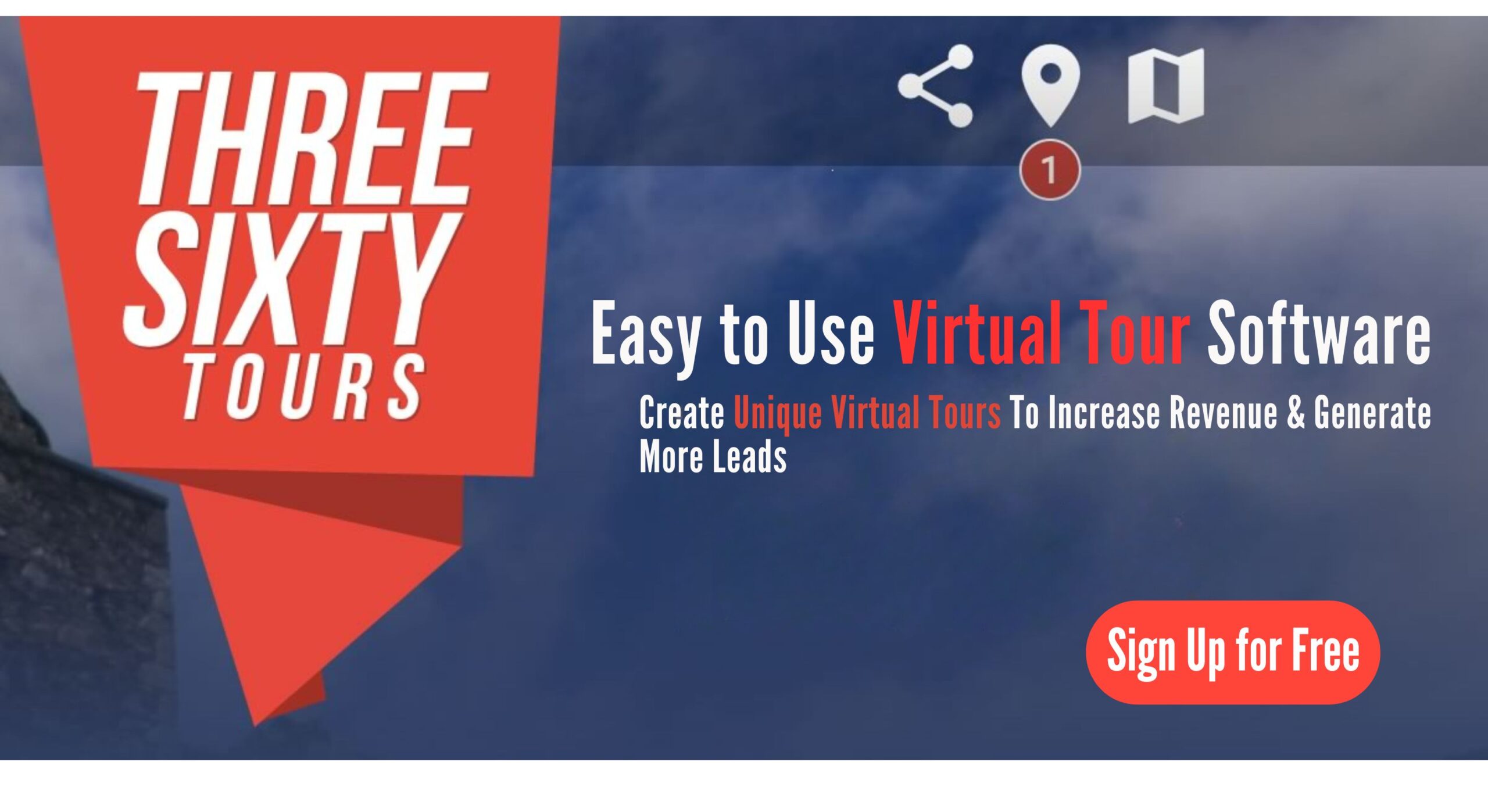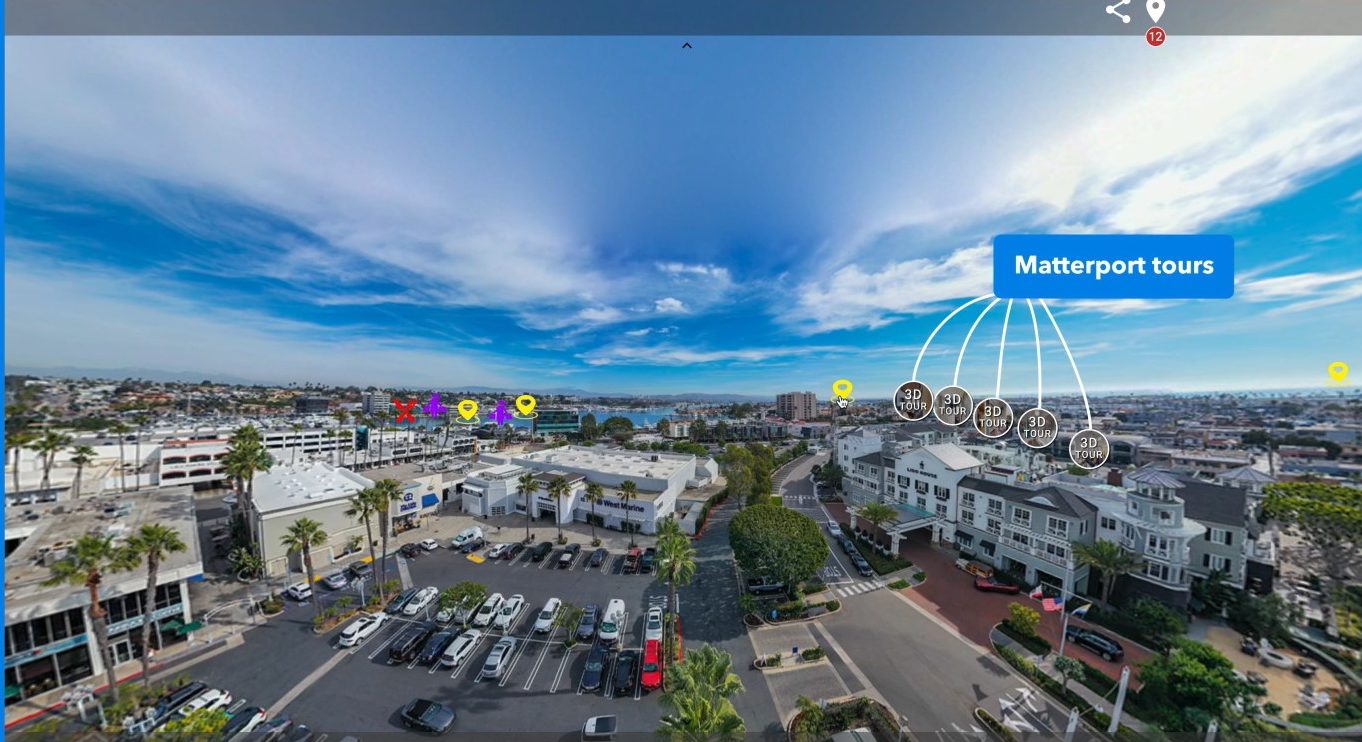3d walkthroughs
The Ultimate Guide to 3D Walkthroughs: Elevate Your Virtual Tour Experience
I. Introduction
A. What Are 3D Walkthroughs?
A 3D walkthrough is a digital experience that lets users explore a space virtually—almost like walking through it in real life. It’s more than just a photo or video; it’s interactive. Users can move around, look in different directions, and get a real feel for the layout and design.
These walkthroughs are built using a mix of 3D modeling, panoramic photography, and interactive tools. The result? A dynamic, immersive experience that helps people understand a space in ways traditional photos just can’t.
B. Why 3D Walkthroughs Matter
In today’s digital world, being able to explore a space remotely is a game-changer. Whether you’re a real estate agent, photographer, or architect, 3D walkthroughs help you connect with your audience on a deeper level.
They’re especially useful in real estate. Agents can showcase homes to buyers without scheduling in-person visits. Photographers can turn their portfolios into interactive experiences. Architects and designers use them to show off projects before they’re even built.
Here’s what makes 3D walkthroughs so powerful:
- Interactive and engaging
- Better spatial understanding
- Accessible from anywhere
- Increases time spent on your listing or website
- Boosts inquiries and conversions
If you’re using a platform like http://www.threesixty.tours, creating these walkthroughs is easier than ever. It’s a simple way to elevate your visual storytelling and stand out from the competition.
Types of 3D Walkthroughs
A. Architectural Walkthroughs
Architectural walkthroughs are widely used in real estate and construction. They give potential buyers or investors a realistic view of a property—before it’s even finished.
For homes, walkthroughs can highlight everything from cozy interiors to spacious backyards. For commercial spaces, they help businesses visualize how a space can meet their needs.
Urban planners also use them to simulate parks, neighborhoods, or city blocks. This helps stakeholders understand how a development will look and function.
Want to see how powerful architectural walkthroughs can be? Check out this example from Autodesk showing how 3D visualization transforms design presentations.
B. Virtual Tours
Virtual tours are a type of 3D walkthrough made with 360-degree photography. They’re especially popular in:
- Museums and galleries
- Schools and universities
- Real estate and hospitality
These tours are easy to create using platforms like http://www.threesixty.tours. You can upload 360-degree images, link them with hotspots, and create an interactive journey through any space.
Photographers love this format because it adds depth to their work. Instead of a static photo gallery, they can offer an immersive experience that tells a story.
C. Game Development Walkthroughs
In the gaming world, 3D walkthroughs are used to build and test environments. Developers use them to explore levels, test gameplay, and refine the user experience.
But it doesn’t stop there. Many gamers and indie developers also create virtual tours of game environments. These can be used for storytelling, virtual tourism, or even portfolio pieces.
If you’re into game photography or development, 3D walkthroughs offer a creative way to showcase your work.
Technologies Used in 3D Walkthroughs
A. Software Tools
Creating 3D walkthroughs starts with the right software. Here are some popular tools:
- SketchUp: Great for beginners and widely used in architecture.
- Unreal Engine: Offers stunning visuals and is popular for high-end projects.
- Unity: Flexible and works across platforms.
- Matterport: Ideal for real estate, with built-in 3D scanning.
For users of http://www.threesixty.tours, you don’t need advanced 3D modeling skills. Just upload your 360-degree photos, link them together, and you’re good to go.
Want to learn more about 3D software? This guide from ArchDaily breaks down the best tools for architectural visualization.
B. Hardware Requirements
To create high-quality walkthroughs, you’ll need the right gear:
- Graphics Cards (GPUs): Essential for rendering. Look for NVIDIA RTX or AMD Radeon.
- High-Performance CPUs: Helps with modeling and real-time previews.
- VR Headsets: Oculus Quest and HTC Vive offer immersive viewing.
- 360-Degree Cameras: Ricoh Theta Z1 and Insta360 ONE X2 are top choices.
If you’re a photographer, investing in a 360-degree camera is a great first step. Combine it with http://www.threesixty.tours and you can start offering immersive virtual tours to your clients.
The Creation Process of a 3D Walkthrough
A. Pre-Production
Every great walkthrough starts with solid planning. Here’s what to focus on:
- Define Your Goal: Is it for real estate, education, or entertainment?
- Collect Visual References: Use blueprints, sketches, or inspiration photos.
- Storyboard the Experience: Map out the user’s path and highlight key areas.
This step helps ensure your walkthrough is purposeful and engaging.
B. Production
Now it’s time to bring your vision to life:
- Modeling and Texturing: Build the 3D environment and apply realistic textures.
- Lighting: Use techniques like global illumination for natural-looking light.
- Animation: Add movement—like doors opening or avatars guiding the tour.
If you’re using 360-degree photography, you can skip the modeling. Just upload your images to http://www.threesixty.tours and link them with interactive hotspots.
C. Post-Production
After building your walkthrough, polish it up:
- Rendering: Convert your project into a viewable format—video, web, or VR.
- Testing: Try it on different devices to ensure smooth performance.
- Client Feedback: Share drafts, get input, and make revisions.
Platforms like http://www.threesixty.tours simplify this process. You can preview your tour, make changes instantly, and publish with one click.
Best Practices for Effective 3D Walkthroughs
A. Focus on User Experience
A stunning walkthrough is only effective if it’s easy to use.
- Clear Navigation: Use arrows, maps, or thumbnails to guide users.
- Tell a Story: Add voiceovers, captions, or background music.
- Keep It Consistent: Use a uniform visual style and smooth transitions.
Photographers can enhance their tours by embedding videos or audio clips. This turns a simple photo into a rich, interactive story.
B. Technical Tips
Here’s how to make sure your walkthroughs perform well:
- Optimize Your Files: Compress images for faster loading.
- Make It Cross-Platform: Test on desktops, tablets, phones, and VR.
- Ensure Accessibility: Add captions, keyboard navigation, and screen reader support.
The good news? http://www.threesixty.tours handles many of these tasks for you. It’s built to make your tours fast, responsive, and accessible.
Real-World Applications
A. Real Estate
Real estate agents use 3D walkthroughs to show homes to buyers anywhere in the world. It saves time, increases engagement, and helps close deals faster.
B. Architecture and Construction
Architects use walkthroughs to present designs before construction begins. This helps clients visualize the final product and make informed decisions.
C. Education and Museums
Schools use virtual tours to attract students. Museums use them to reach global audiences. It’s a powerful way to expand access and engagement.
D. Photography
Photographers can expand their services by offering 360-degree virtual tours. It’s a great way to add value and stand out in a competitive market.
E. Hospitality and Travel
Hotels and resorts use 3D walkthroughs to give guests a preview of rooms, amenities, and surroundings. It boosts bookings and builds trust.
Future Trends in 3D Walkthroughs
A. VR and AR Integration
Virtual and augmented reality are becoming more mainstream. Expect deeper integration with platforms like http://www.threesixty.tours for fully immersive experiences.
B. AI-Powered Personalization
Imagine a tour that adapts in real-time based on what the user clicks on. AI will soon make this possible, offering personalized paths and recommendations.
C. Real-Time Rendering
Thanks to better GPUs and software, real-time rendering is becoming standard. This means smoother, more lifelike experiences—especially in VR.
D. Cloud-Based Collaboration
Teams can now work on the same project remotely. Cloud platforms make it easy to edit, review, and publish walkthroughs from anywhere.
Conclusion
A. Key Takeaways
3D walkthroughs are more than a trend—they’re the future of visual storytelling. They offer:
- Immersive, interactive experiences
- Applications across real estate, photography, education, and more
- Tools and platforms that make it easy to get started
Whether you’re a seasoned pro or just getting started, platforms like http://www.threesixty.tours make it easy to create stunning virtual tours.
B. Final Thoughts
The technology is evolving fast, and the possibilities are endless. By embracing 3D walkthroughs, you’re not just showcasing spaces—you’re creating experiences, building trust, and driving results.
Ready to take your virtual tours to the next level? Sign up with http://www.threesixty.tours today and start building immersive 3D walkthroughs that captivate and convert.


